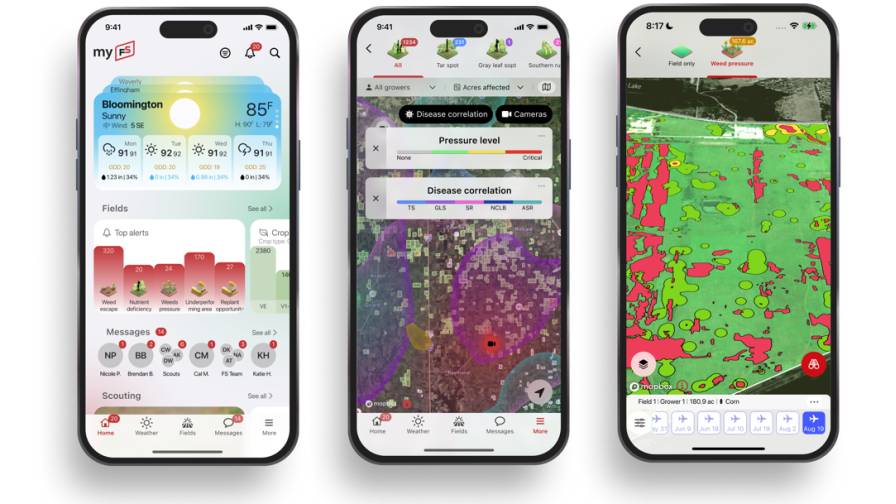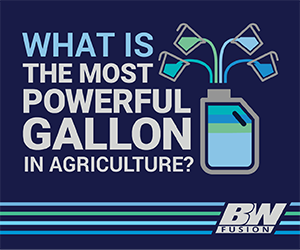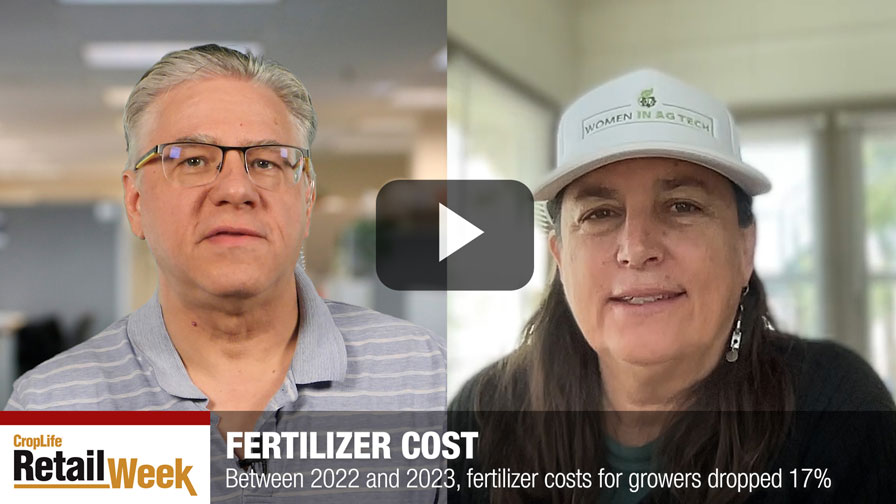Untangling GPS
Way back in 2005, the veritable “dark ages” of technology when the iPhone was still two years away from its maiden release and no one could even imagine that the verb “tweeting” would have deep societal meaning, we did a special report on the state of global positioning.
We could see automatic steering becoming a staple for retailers and growers in short order. The price point for basic steering technology had begun to drop, technology was getting more portable, and manufacturers were moving aggressively to put technology into the market. Then there was the beginning of the movement toward more accessible real-time kinematic global positioning (RTK), which delivers REPEATABLE sub-inch accuracy, and the simultaneous coining of the term, “Accuracy is Addictive.” What does it all mean? The time was ripe to dig into the issue.
One of my favorite quotes from the 2005 report came from Mike Gomes, a really smart guy who works for Topcon Positioning Systems. At the time, Topcon was just breaking into agriculture, and I asked him for his view on the future of global positioning.
“The idea is that global positioning becomes like a utility,” he said. “For instance, when you turn on a light electricity makes it work, or when you turn on the water, it is clean and usable. Imagine there being no issues with compatibility or to understand your position on Earth — it’s just there, on and ready to use. This is where the technology is headed, and that makes the future look very exciting for the GPS business.”
Flashforward six years, and while some things have been sorted out, others have grown more complex. Ambitious individuals who saw an opportunity to provide RTK signal service to their regions set out to build their own systems, often in partnership with growers and other businesses in the area. Manufacturers set out to build RTK networks in cooperation with their dealer-networks. Some growers felt big enough to do it on their own.
The addition of cellular technology has complicated things even further, with everything from open access state and regional CORS networks to new visions such as Raven‘s Slingshot, which employ regionally based cellular systems to deliver RTK GPS as well as the ability to transmit data. In some ways, it has become even more of a Wild, Wild West than it has ever been.
I should point out that one stable offering over the years has been OmniSTAR‘s subscription satellite service, which has been delivering 2- to 3-inch pass-to-pass accuracy for years, but has lacked the repeatability of the RTK system. With Trimble‘s acquisition of OmniSTAR, it will be interesting to see if Trimble’s scientists can squeeze more accuracy out of the satellite array.
All this said, I think it gets better for RTK GPS in agriculture from here. Manufacturers understand that for technology to grow beyond aggressive early adopters, the “stuff” underneath — GPS — needs to work. If we always have to worry about the integrity and/or compatibility of the signal, we’ll never get beyond where we are.
There are proprietary issues the industry must overcome, but the benefits of consistent GPS to agriculture are significant enough that we have to find a way to making it consistent, compatible, and accurate.






